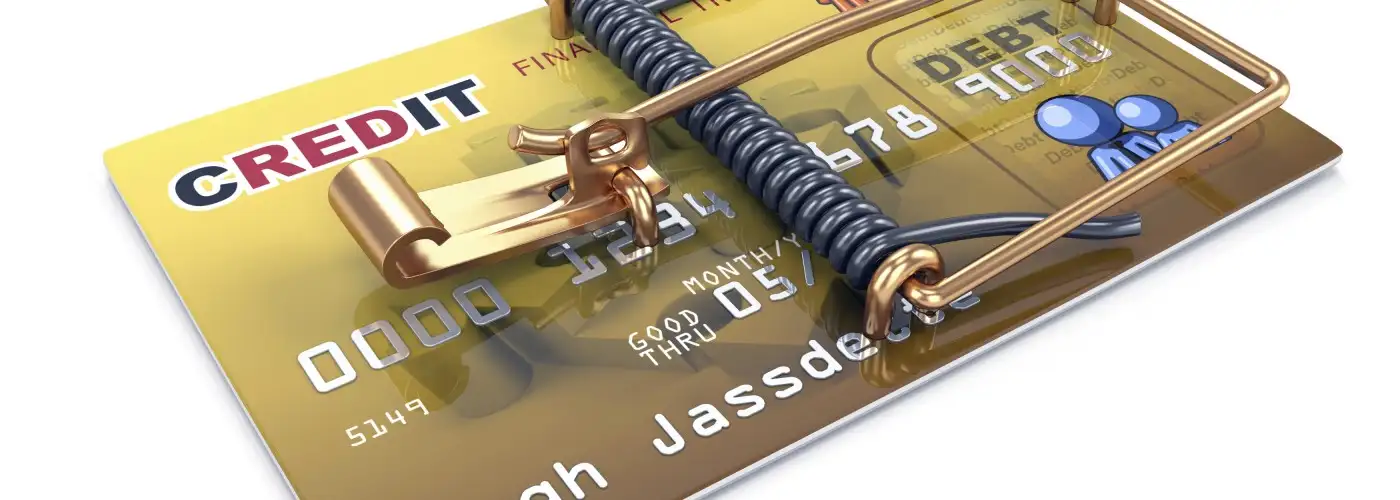My recently posted column generated some responses that challenged its conclusions. Specifically, the challenges centered on two conclusions:
- That the 2.5 cents per mile price Citi used to value the miles on its 1099 forms is far above the true fair market value of the miles and that the real fair market value is around 1 cent a mile.
- That Citi was probably deducting 2.5 cents as a charge rather than what it paid for the miles, again probably around 1 cent.
It’s pretty easy to support the position that 2.5 cents is far above the fair market value of miles and therefore a scam. Some calculations based on ticket prices come close to the 2.5 cents figure, but any realistic valuation must be discounted to account for the extreme difficulty of finding seats, where and when you want them, at the lowest published award levels. You can compute numbers in several ways, but most realistic approaches result in a value around 1 cent.
- Surveys indicate that domestic coach tickets account for well over half of all frequent flyer trips. These days you can buy a transcontinental round-trip for a bit over $300 on a competitive and popular route or around $500 on a noncompetitive small-city route. The low-level award requirement is 25,000 miles, which gives a supposed value of 1.2 cents to 2 cents per mile.
- But try to get a seat at the lowest award level where and when you want it. A better metric is to compare ticket prices with the “any seat” award level, typically 50,000 miles, which reduces the value to 0.6 cents to 1 cent.
- Airlines, themselves, value miles at less than 1 cent. United, for example, sells memberships in the United Club (formerly Red Carpet Room) for 62,500 miles. The cash renewal price is $475, giving a value of 0.76 cents per mile; American is even lower, offering Admirals Club membership renewal for 70,000 miles or $450, for a mile value of 0.64 cents.
- Some programs allow travelers to use miles for merchandise, where the effective “exchange rate” is usually 1 cent or less—often a lot less.
- Most consumer-oriented writers, including our Tim Winship, agree that the real value is somewhere close to what Citi and other banks pay for it—about 1 cent a mile. Consumer Reports says 1.2 cents.
Thus, you can easily justify and support a fair market value of 1 cent. But how the IRS might react is still a big unknown. My guess is that the IRS will find it expedient to establish an official value, as it does with the costs per mile of driving a private vehicle for business use. For now, however, you can cite plenty of evidence to argue with the IRS if it challenges an adjustment of Citi’s 1099s.
As to how Citi treats the miles in its own accounting, here the conclusion was necessarily based on conjecture, derived from an extensive Internet search and reflecting some widely held positions. I also remember instances from several years ago that companies regularly took sales price, not cost, as a deduction when they donated goods to charities, although that may have changed recently.
Nevertheless, if Citi can assure that it actually deducts 2.5 cents for each mile it gives out, I will hastily withdraw my “scam” accusation against the bank. But I will not hold my breath until that happens. And regardless of Citi’s internal accounting, the accusation that its 2.5 cents valuation scams consumers remains valid.
We hand-pick everything we recommend and select items through testing and reviews. Some products are sent to us free of charge with no incentive to offer a favorable review. We offer our unbiased opinions and do not accept compensation to review products. All items are in stock and prices are accurate at the time of publication. If you buy something through our links, we may earn a commission.
Related
Top Fares From Wichita, KS
Today's Top Travel Deals
Brought to you by ShermansTravel
Shop and Save with Country Inns...
Patricia Magaña
 Hotel & Lodging Deals
Hotel & Lodging Deals
$229 -- Chicago: Discounted Rates and...
Francesca Miele
 Hotel & Lodging Deals
$229+
Hotel & Lodging Deals
$229+
$188 -- Honolulu: Save on Oceanview...
Abigail Lamay
 Hotel & Lodging Deals
$188+
Hotel & Lodging Deals
$188+




